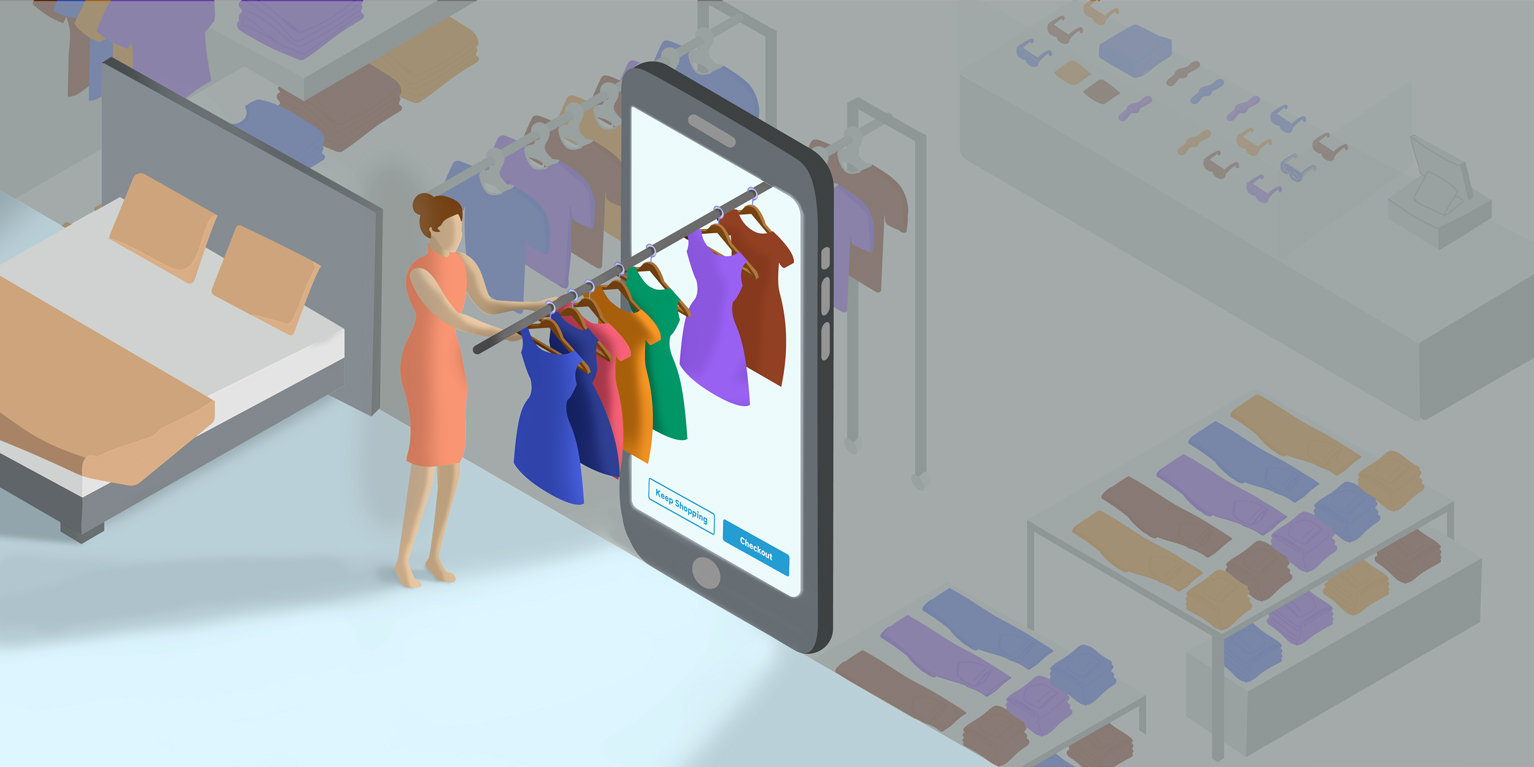How to Stay Relevant in Retail Amid Ongoing Change
The world of retail is no stranger to adaptation. Consumer trends shift like the wind, and retailers of all stripes are hyperfocused on meeting the current needs of their customers, no matter how they might change. That can mean everything from shifting in-store product to adjusting how a retailer markets its merchandise, to adapting the in-store or online experience for the individual. Very little is permanent for retailers, which makes them strong agents of change and resiliency.
Despite this general attitude toward adaptation, COVID-19 has proven to be its own challenging hurdle. An unforeseen lockdown and local government restrictions, that had many businesses shut down for months, created a challenge for small shops and big box retailers alike. Many retailers have been forced to quickly reinvent themselves to stay relevant during the height of COVID. As the future changes even more to reflect a new pandemic-affected world, retailers must find new ways to be strategic and keep revenues flowing.
Embrace the omnichannel
Had the global pandemic and subsequent shutdown happened 30 years ago, our retail landscape might look vastly different. Few stores could have handled being closed down for months, or forced to limit capacity to less than a quarter of usual traffic. In today’s world, most stores have an online presence and can process transactions via mobile devices and other forms of no-touch technology. This opened the opportunity to continue to serve customers who were also stuck at home.
Savvy retailers quickly encouraged customers to engage via their mobile app. In fact, app downloads increased 11% from January to April, as compared with the year before, and nearly 50% of retailers are prioritizing a mobile app or point-of-sale experience this year, accelerating efforts to respond to the pandemic. (McKinsey).
Beyond the obvious focus on online engagement and remote shipping, thoughtful retailers are finding new ways to increase touchpoints with customers. Many now offer customers the option of buying online and picking up in store, a feature so popular its increased 28% year over year. Meanwhile, deliveries, especially of groceries, has seen staggering growth, up 57% (McKinsey). Other retailers are offering virtual consultations, helping to take the place of in store interactions that often motivate customers to buy.
By embracing multiple modes of communication and engagement via various omnichannel sources, retailers can stay relevant with customers and attract new ones as well.
Reimagine the real world
The physical experience in retail has changed dramatically over the last eight months. Everything from mask wearing, social distancing and hand sanitizer requirements to no longer allowing customers to try on clothes or sit on furniture. Many stores have reduced inventory to more easily keep products and shelves cleaned and sanitized. In grocery stores and other high traffic areas, retailers have instituted a one-way policy along the aisles. And in many places, government rules still require much lower capacity, making for long lines to enter into a store.
The retail experience is highly visual, tactile and emotional. These changes can all feel a bit overwhelming for customers and may lead to less time in a store and less money spent at the register. To combat this, retailers should focus on optimizing the physical experience, encouraging customers to buy and to come back. Focus on transparency in cleaning and sanitization and build unique opportunities that can only be experienced in-store. Sales and specials are a great way to lure in foot traffic. Many stores that reduced hours during the pandemic can now rethink their hours of operation, especially in light of upcoming holiday sales.
Managing hiccups in the supply chain can also go a long way toward creating a pleasant in-store experience. When shelves are stocked and product is available, customers are happy. This alone has many retailers reconsidering their lean approach to distribution, as consumer hoarding created mass challenges for retailers that lasted for months. Solving supply chain issues can also help encourage in-store sales, especially in the lead up to the holidays, as customers worry about adequate shipping times.
Follow customer sentiment but lead in innovation
All of the above changes require two key strategic initiatives: 1) to listen to your customer and 2) lead with innovation. In a new world where traditional rules and structure no longer apply, the retailers who come out on top are those who consider creative, out of the box ways to engage their customers.
In today’s economy, innovation requires speed and agility. During the height of the pandemic, we saw luxury brand LVMH Moët Hennessy Louis Vuitton shift perfume factories to accommodate hand sanitizer production. Distilleries once famous for their gin or vodka did the same, while the motor industry began making face masks and shields and many luxury fashion brands took to creating face masks and hospital gowns. These brands, all of whom have been hard hit by the pandemic, found a new way to meet revenue requirements, keep employees in their jobs and address the shifting demands of their customers.
After the disruptions of 2020, customers are looking for brands that mirror their values around social responsibility and awareness, authenticity and value. Strategically speaking, now is the time for retailers to focus on communication, harness relevant data and respond to that data with valuable and actionable insights, and transform their businesses to meet the ongoing shifting needs of their customer.
This is where StrategyBlocks can help. By making strategy more visible and tying clear metrics to all activities, retailers can see quickly what is working and where adaptation is required. Contact us today for a free demo and let us show you how we can help keep your business on the right track, no matter what the world throws at us.




Leave A Comment